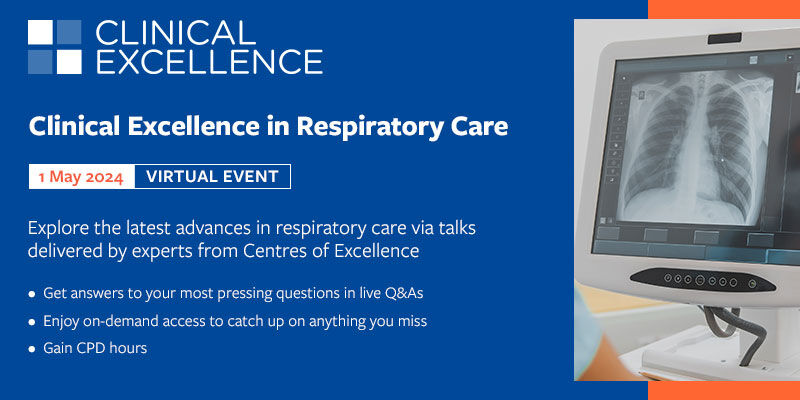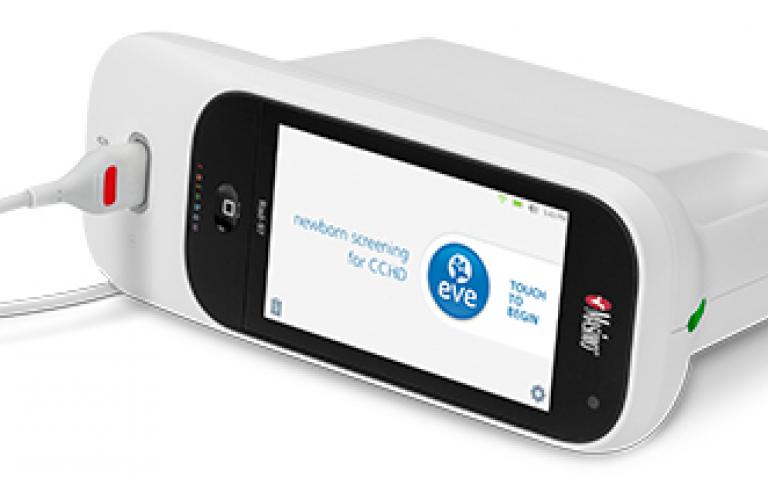Masimo has announced the CE marking of Eve™, a critical congenital heart disease (CCHD) newborn screening application, for the Rad-97™ Pulse CO-Oximeter®.
Eve, also available on the Radical-7® Pulse CO-Oximeter, simplifies the CCHD screening process by providing visual instructions, animations, an automatic synchronisation algorithm, and a detailed, easy-to-interpret display of screening results. The ability to label results with unique patient identifiers for both mother and newborn facilitates intuitive session management and seamless electronic charting. Eve also allows clinicians to incorporate perfusion index into screening, which has been shown to increase sensitivity to the detection of CCHD in infants with pathologically low perfusion.1

CCHD affects approximately 3 newborns per 1000 live births2 and requires intervention soon after birth to prevent significant morbidity or mortality; later detection in infants also increases the risk of brain damage.3 In a study of 39,821 infants, CCHD screening sensitivity increased from 63% with physical exam alone to 83% with physical exam and Masimo SET® pulse oximetry.4 In a study of 122,738 infants – the largest CCHD screening study to date – CCHD screening sensitivity increased from 77% to 93% with the combined use of Masimo SET® and clinical assessment.5
“Multiple studies have shown that Masimo SET® pulse oximetry can help improve CCHD screening, helping to save many newborns’ lives while reducing the cost of care,” commented Joe Kiani, Founder and CEO of Masimo. “Eve builds on the powerful benefits of SET® by transforming pulse oximeters into intuitive screening tools which can help clinicians perform the crucial work of screening newborns in an easy-to-follow and intuitive application.”
References
- de-Wahl Ganelli et al. Noninvasive Peripheral Perfusion Index as a Possible Tool for Screening for Critical Left Heart Obstruction. Acta Paediatr. 2007 Oct;96(10):1455-1459.
- Hoffman JL et al. The incidence of congenital heart disease. J Am Coll Cardiol. 2002;39(12):1890-1900.
- 2011 Legislative Report; State of Maryland, Department of Health and Mental Hygience, State Advisory Council on Hereditary and Congenital Disorders. Recommendations on Implmentation of Screening for Critical Congenital Hearth Disease in Newborns. Page 7.
- de-Wahl Granelli A et al. Impact of pulse oximetry screening on the detection of duct dependent congenital heart disease: a Swedish prospective screening study in 39,821 newborns. BMJ. 2009;Jan 8;338.
- Zhao et al. Pulse oximetry with clinical assessment to screen for congenital heart disease in neonates in China: a prospective study. Lancet. 2014 Aug 30;384(9945):747-54.









